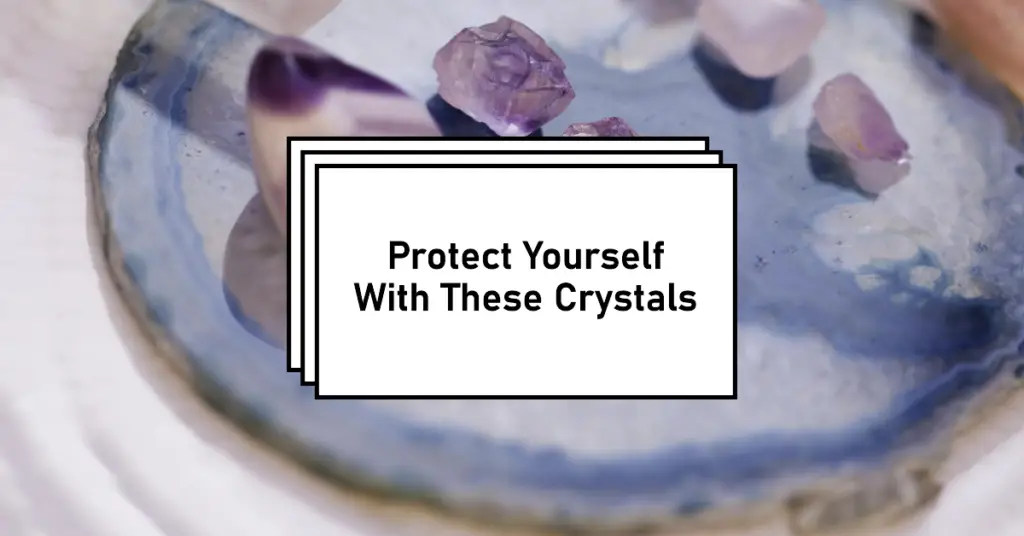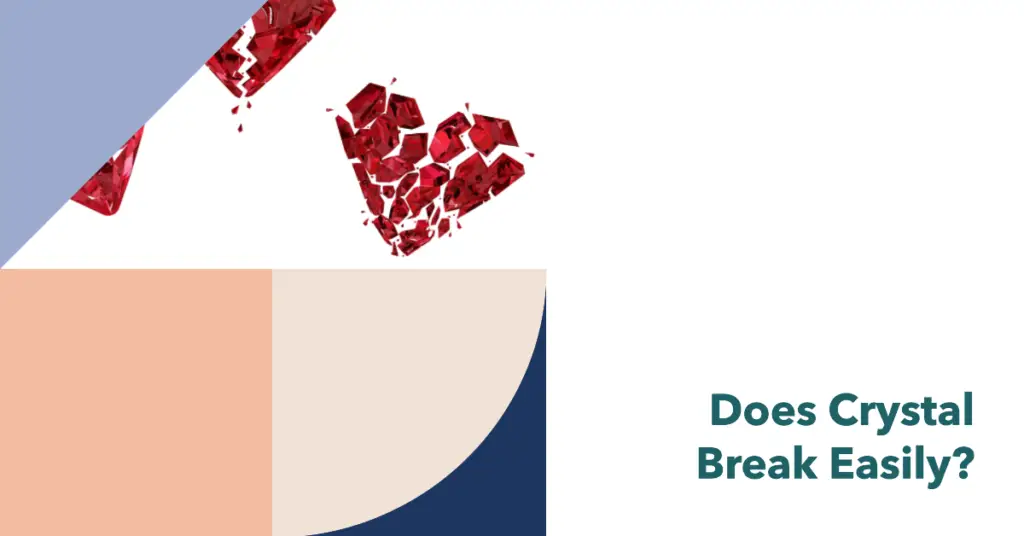Rose quartz is a beautiful pink-colored variety of quartz that is popular in jewelry and decorative items. It is known for its soothing energy and is often associated with love and compassion.
But have you ever wondered how rose quartz forms? In this article, we will explore the formation process of rose quartz based on the available information.
How does a quartz form?
Most quartz forms in igneous rocks or environments with hydrothermal water.
In igneous rocks, quartz forms as magma cools. Just like water turns into ice, silicon dioxide crystallizes during the cooling process. Slow cooling generally results in larger crystals.
Quartz that grows from silica-rich water also forms in a similar manner. Silicon dioxide dissolves in water, much like sugar dissolves in tea, but only at high temperatures and pressures.
Then, as the temperature or pressure decreases, the solution becomes saturated, leading to the formation of quartz crystals.
how does a rose quartz form?

Like other types of quartz, most rose quartz is formed through the process of magmatic crystallization, making granite the primary source of larger rose quartz crystals.
However, this is not the only possible formation method, as this mineral can also be found in hydrothermal veins.
Let’s explore the formation process of rose quartz in more detail:
- Magma Ascends:
When the pressure deep within the Earth becomes too great, hot magma is pushed toward the crust. Magma often enters pockets made up of rocks through cracks and weak points in the Earth’s crust. The magma absorbs different minerals as it travels.
- Magma Cools:
The higher the magma ascends, the more heat it loses and gradually cools. Magma that enters the rock pockets is typically trapped within them during the cooling process.
- Element Combination:
As the magma cools, it causes some elements and minerals to become purified while others combine. Silicon combines with oxygen, beginning the formation of quartz crystals. As the magma continues to cool, the quartz crystals grow with the combination of more silicon and oxygen.
how does rose quartz get its color?
The pink color of rose quartz is attributed to microscopic fibers of a mineral similar to dumortierite within the quartz.
Initially, this color was thought to come from inclusions of titanium, but X-ray diffraction analysis has shown this to be incorrect.
The formation of rose quartz is similar to other types of quartz. Its primary formation process is through hydrothermal processes. The hydrothermal process describes a chemical reaction that occurs under high temperatures and pressures in a hydrothermal fluid.
In this process, oxygen and silicon atoms combine to form the crystalline structure. Rose quartz may also form during the process of magmatic crystallization when hot magma cools and solidifies.
In the mineralogical literature, the pink color of rose quartz has been attributed to titanium, manganese, and iron by numerous authors for over a century. The tiny rutile needles were credited to asterism formation in rose quartz, and the timeline aligns.

In the late 1990s, an intriguing investigation was conducted by George Rossman, Julia Goreva, and Chi Ma from the California Institute of Technology on the color and asterism of rose quartz.
They obtained samples of rose quartz from various locations around the world and gently dissolved them in hydrofluoric acid heated to 100 degrees Celsius. The purpose of this treatment was to dissolve the silica in quartz and any substances soluble in HF at 100 degrees Celsius.
In each specimen, the acid treatment left behind tangled, extremely thin, pink-colored fibers. They examined these fibers using scanning electron microscopy, infrared spectroscopy, Raman spectroscopy, optical absorption spectroscopy, and X-ray diffraction.
Through these analyses, they determined that these pink fibers were a borosilicate with similar characteristics to dumortierite. They believed that the pink color and asterism of rose quartz were caused by these pink fibers and named it dididumortierite.
The range of pink in rose quartz varies from very pale, almost imperceptible pink to rich translucent pink. It is commonly cut into convex round shapes, beads, and faceted stones that are around 8 millimeters or larger to showcase the rich pink color.
Some rose quartz specimens contain dense networks of tiny inclusions consistent with the crystal structure of the gem.
If a convex round gemstone is cut so that its bottom is perpendicular to the quartz crystal’s c-axis, the gemstone may display asterism in the form of a six-rayed star. The best star gems have vibrant pink color, distinct and symmetric stars, and a clear center.
Know more about Does Rose Quartz Fade
Conclusion
In conclusion, rose quartz forms through the processes of magmatic crystallization and hydrothermal activity. It begins as magma ascends and cools, leading to the combination of silicon and oxygen atoms to form quartz crystals.
The pink color and asterism in rose quartz are attributed to the presence of microscopic fibers of a borosilicate mineral similar to dumortierite. The formation of rose quartz is a fascinating geological process that results in the creation of this beloved gemstone.
Source:
https://rockseeker.com/what-makes-rose-quartz-pink/
About the Author
I was introduced to the power of crystals by chance during a trip overseas ten years ago, and began to learn about crystals and meditation. After years of experiencing firsthand the beauty and benefits of crystals, I founded CrystalWith to share my knowledge with others.




